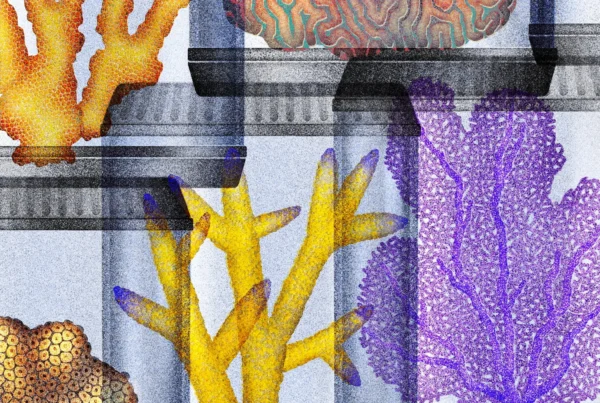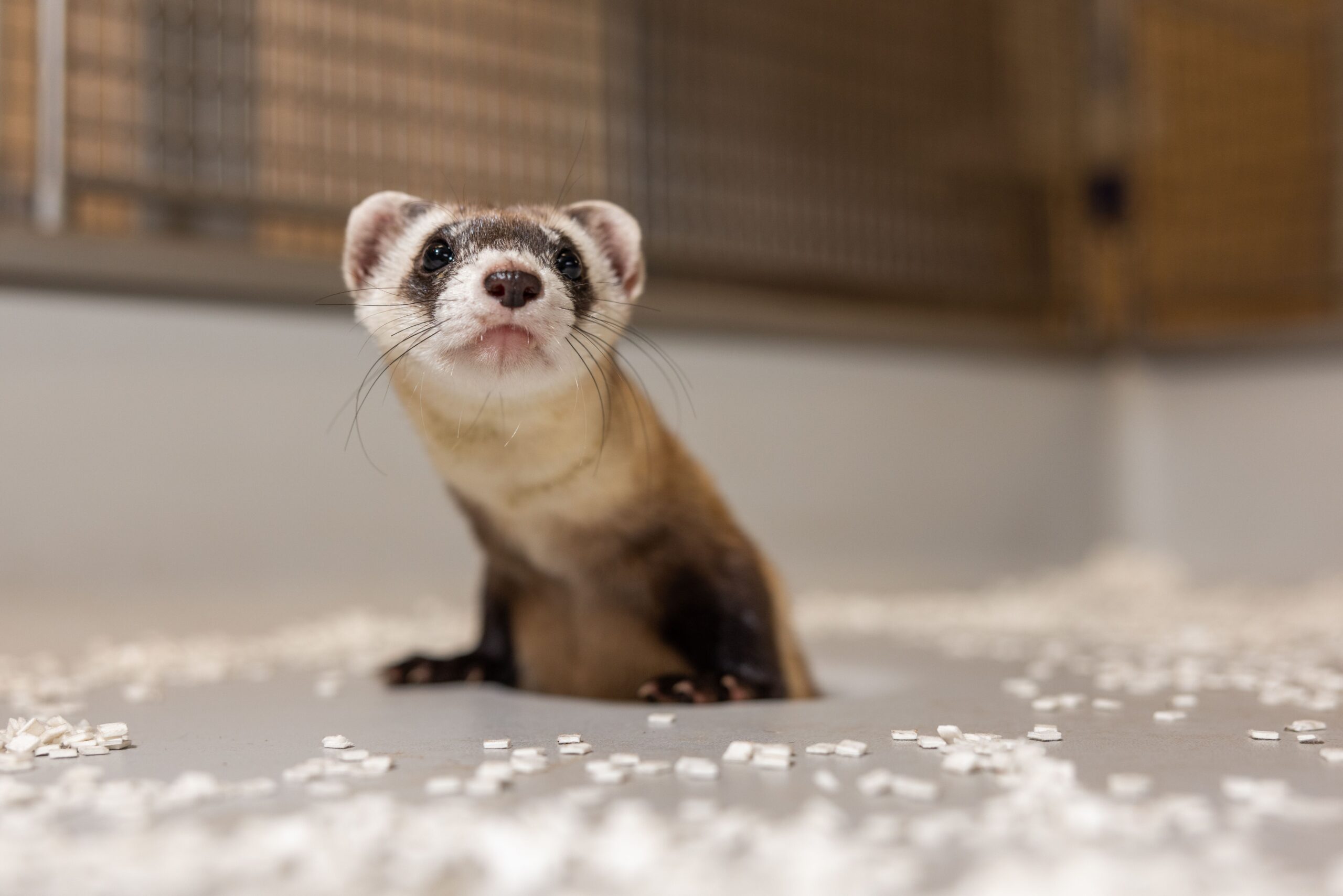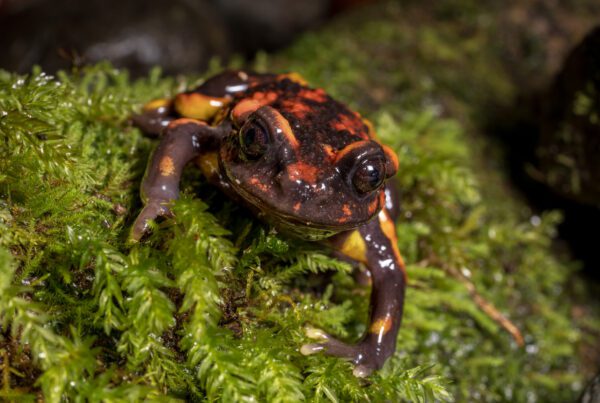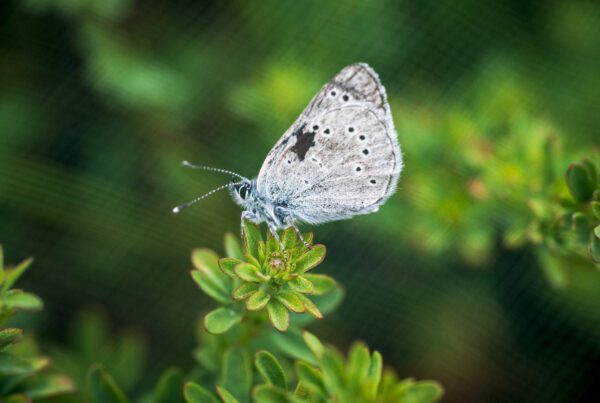Revive & Restore and its cloning partners make headlines with new black-footed ferret clones, Noreen and Antonia. The Washington Post article explores the history and future of this groundbreaking species restoration effort.
Story by Dino Grandoni, Washington Post
From the Article
They’re cute, they’re fuzzy — and they may just help bring their entire species back from the brink of extinction.
The U.S. Fish and Wildlife Service announced Wednesday the births last year of Noreen and Antonia, two baby ferrets cloned from cells frozen nearly four decades ago.
The successful cloning of these adorable predators is a milestone in the effort to save the black-footed ferret, one of North America’s most endangered mammals. Once thought to be extinct, today’s wild ferret population descends from just seven individuals, representing a severe lack of genetic diversity that threatens the long-term survival of the species.
Now with these two new black-masked balls of fuzz added to the mix, conservationists hope to begin breeding the two females later this year to inject some new blood into the population.
“Conservationists have worked very hard to bring them back,” said Ben Novak, lead scientist at the biotechnology nonprofit Revive & Restore, which also partnered with Fish and Wildlife on the cloning project. “They’re doing a very good job. But due to that historic bottleneck in the ’80s for black-footed ferrets, they just have an extremely limited gene pool.”
About the Program
Since 2013, Revive & Restore and its partners have worked to restore genetic diversity in black-footed ferrets through strategic conservation cloning. We welcomed the world’s first cloned black-footed ferret in 2020, and two additional cloned ferrets in 2023. We are simultaneously working to facilitate heritable disease resistance to sylvatic plague – a major threat to recovery in the wild.
More posts in News & Media







